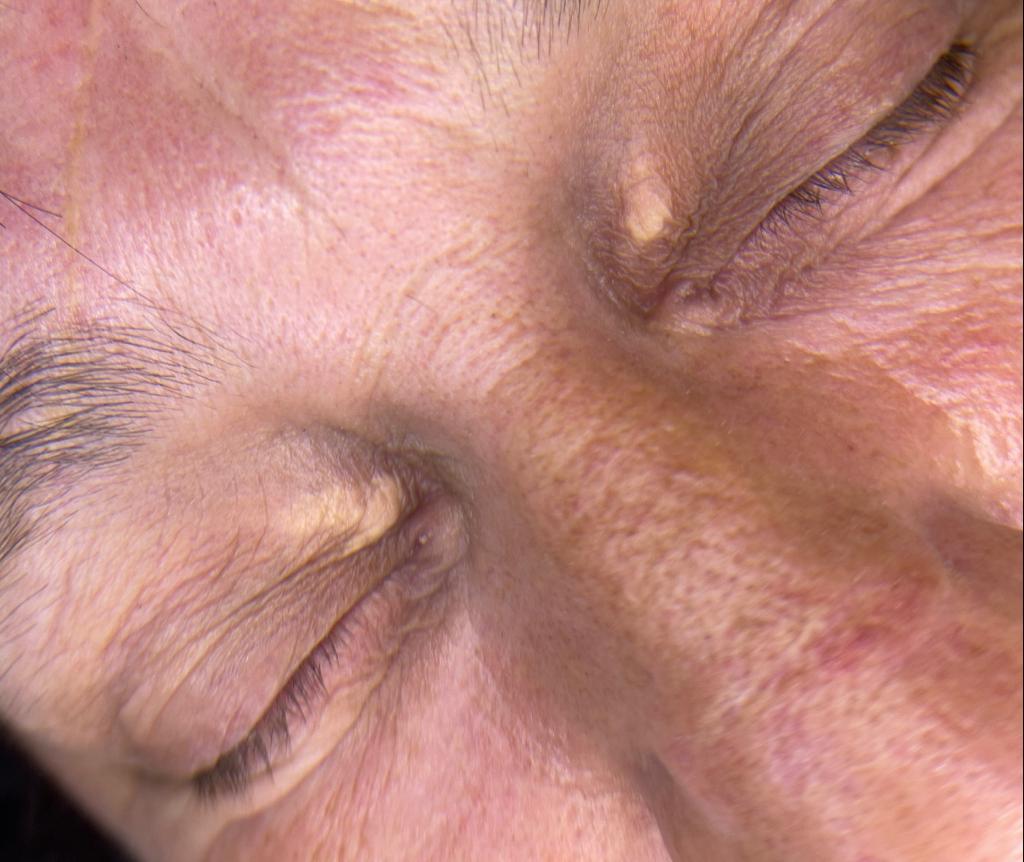Why do we get Xanthelasma?
Having run blemish removal clinics for many years now I have seen time and time again how having this blemish affects people and their confidence. I have been lucky enough to treat hundreds of clients with this condition and get amazing results so their self confidence is restored and the desire to cover up is no longer an issue.

One of the first things I am asked when I meet a client is ‘Why do I have Xanthelasma?’ here are a few reasons why it could be present.
- High Cholesterol Levels: Elevated levels of low-density lipoprotein (LDL) cholesterol and triglycerides in the blood are often linked to xanthelasma. This can be due to dietary factors, genetic predispositions, or underlying health conditions.
- Genetics: A family history of xanthelasma or lipid disorders can increase the likelihood of developing these deposits. Certain genetic conditions, such as familial hypercholesterolemia, can cause high cholesterol levels from a young age.
- Liver Disease: Conditions that affect the liver, such as cirrhosis or primary biliary cholangitis, can lead to abnormal cholesterol metabolism, contributing to the formation of this blemish.
- Diabetes: People with diabetes often have lipid abnormalities, including high cholesterol and triglyceride levels, which can contribute to the development of this blemish.
- Thyroid Disorders: Hypothyroidism (underactive thyroid) can result in increased cholesterol levels, which may lead to this condition.
- Other Metabolic Disorders: Conditions such as metabolic syndrome and obesity are associated with dyslipidemia (abnormal lipid levels), which can contribute.
- Age and Gender: Xanthelasma is more common in middle-aged and older adults and tends to occur more frequently in women.
Unless you have this condition you may be wondering what is it? Well it’s yellowish deposits of cholesterol-rich material that can appear around the eyelids.
While xanthelasma itself is not harmful, it can indicate an increased risk of cardiovascular disease due to underlying lipid abnormalities. Therefore, it is important to address the underlying causes through lifestyle changes, medication, or other medical interventions as recommended by a healthcare provider.
To book your blemish consultation now in either my Colchester or Chelmsford clinic click here.

